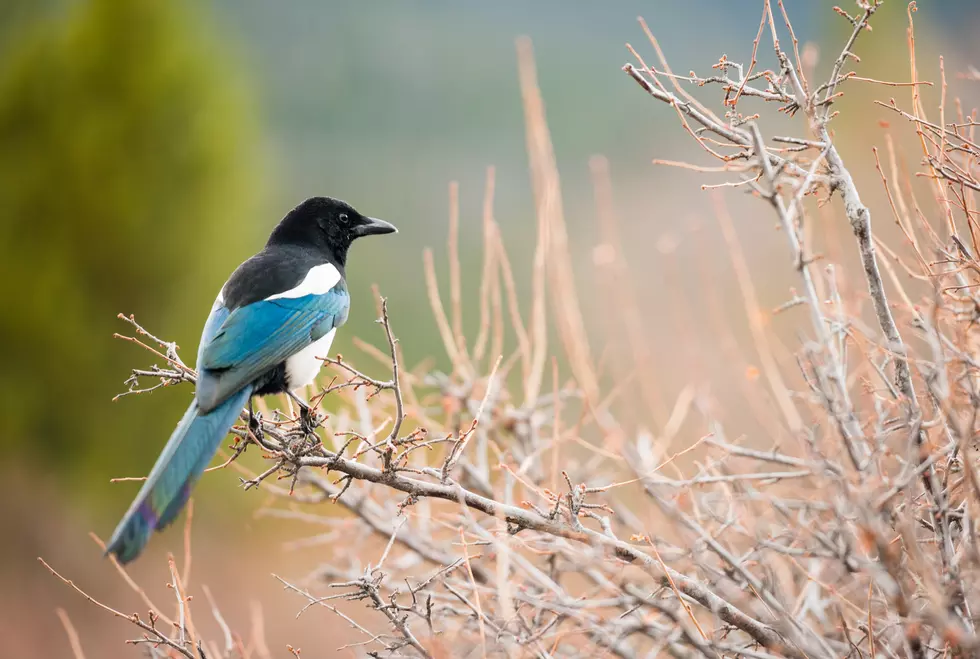
What Causes ‘Watermelon Snow’ in Colorado?
Double rainbows, contrail shadows, and sundogs are just a few examples of unusual weather phenomena that can occur in Colorado - but have you ever heard of watermelon snow? And can this happen here too?
If you make your way up to Colorado's high country during the summertime, you may encounter patches of red or pink-colored snow in some places on the peaks. While the first thought may be to wonder if an animal attack took place, this is not actually the case (most of the time, it is Colorado after all).
Known as watermelon snow or blood snow because of its hue, the reddish color is actually a result of a species of algae called Chlamydomonas nivalis. It turns this pigment due to tiny dormant cysts becoming more concentrated as the snow melts during periods of intense sunlight. This type of algae thrives in cold weather, which is why it can be seen in spots with higher elevations in the Centennial State, even during the summer. Chlamydomonas nivalis is the most common of the snow algae.
Some people who have encountered watermelon snow say it actually has a slightly sweet smell too, a bit like the fruit.
Watermelon snow isn't always present on the top of all of Colorado's mountains. It can also be difficult to see unless you're actually up on the summit of a 14er. Besides the Rockies, watermelon snow can be seen in other places across the world, including the Himalayas, the North Cascades, and Antarctica.
According to Out There Colorado, another cause of red snow can be due to wind-blown dust. Strong storms can result in dust building up on some of the higher slopes, and turning the snow red.
RELATED: Colorado Will Soon Be Seeing More Cloud Seeding - But What Is It?
Walking on watermelon snow will likely stain your boots. Additionally, snow algae could possibly be contaminated by bacteria and toxic algae that are harmful to humans.
As the saying goes, "don't eat yellow (or red) snow!"
KEEP READING: Get answers to 51 of the most frequently asked weather questions...
More From 103.7 The River









